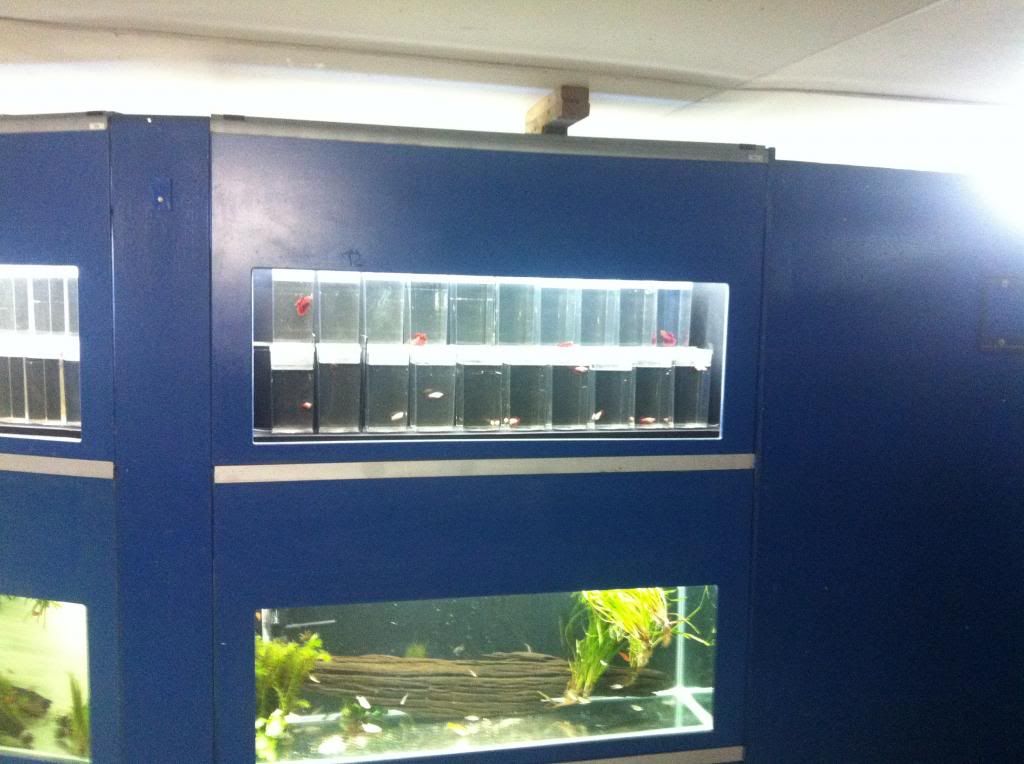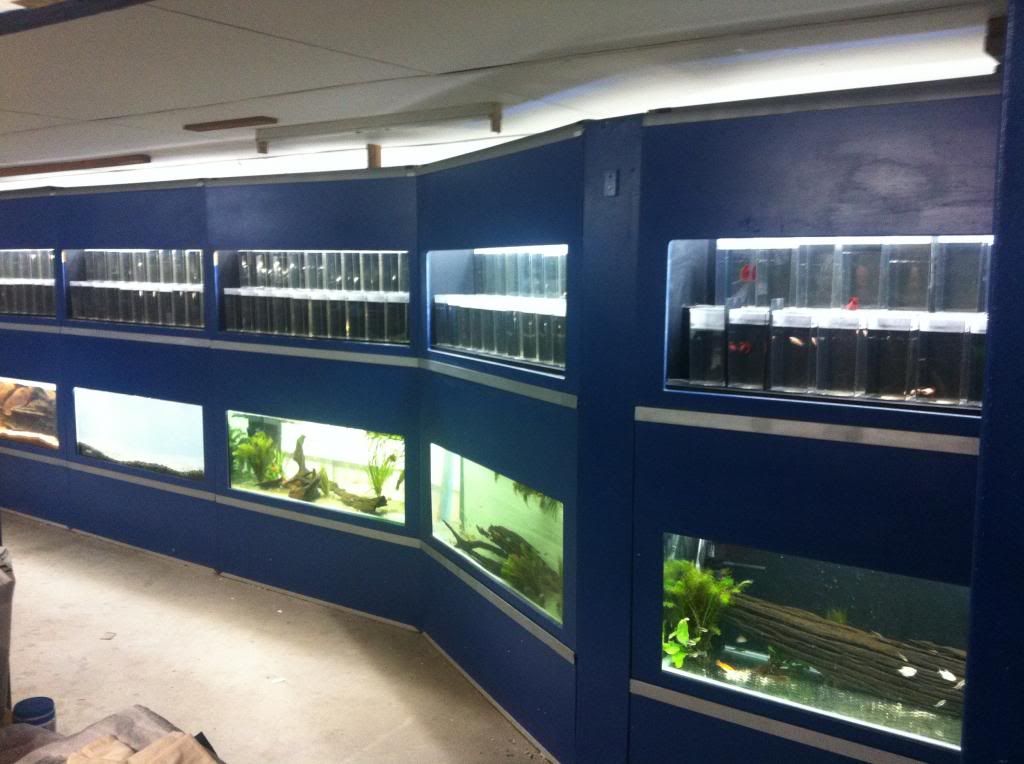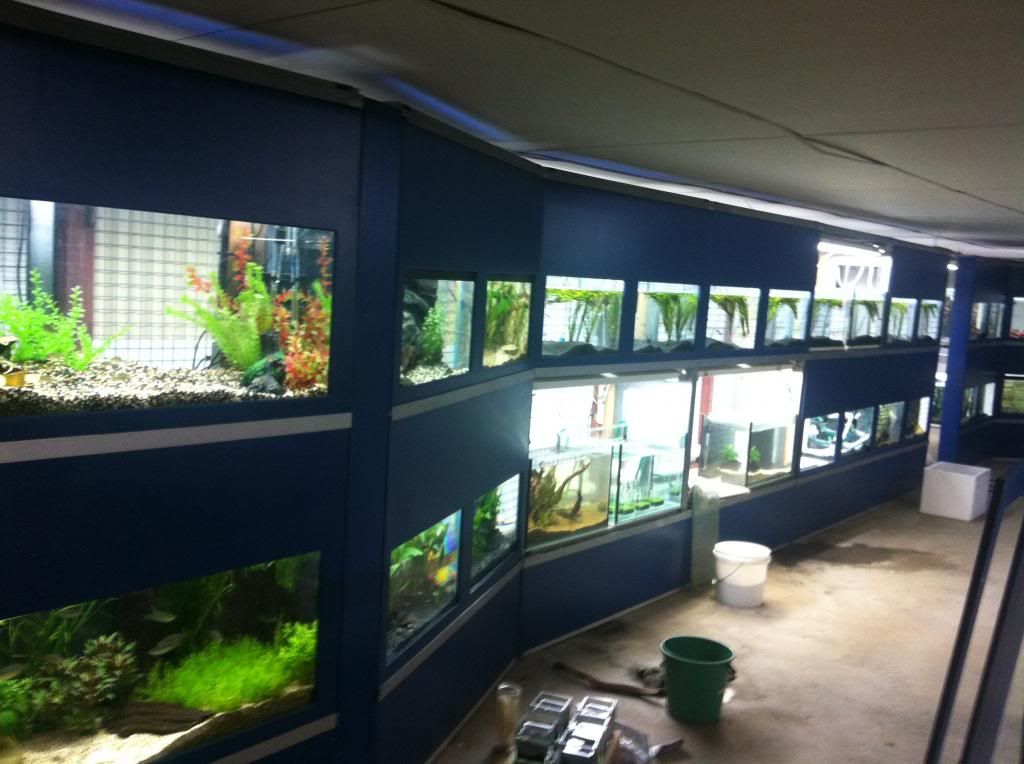Original story from Conservation Queensland
As of 1 July and despite Queensland Conservation protests, funding for the ‘Queensland Conservation Rivers Project’ has been cancelled.
Since the project commenced in the mid–1990s, the Project has enabled environment groups to participate in planning water reforms, and associated natural resource issues in Queensland. It has given a voice for the environment in water planning reforms.
As a wrap up to the Rivers Project we’d like to share some of the key outcomes that have been achieved over the years.
Water Resource Plans: Queensland Conservation has represented the conservation sector on hundreds of Community Reference Panels attached to the development of Water Resource Plans. These plans are crucial to ensuring surface and groundwater resources are managed sustainably.
We have focused on returning flows to rivers, to improving water quality and water allocations in a time of rapid climate change. For instance, as a result of Queensland Conservations involvement, dam operators in the Fitzroy Basin must now match downstream water quality conditions before being allowed to release water. Spawning conditions in many estuaries have been enhanced due to increased freshwater flows and climate change is now taken far more seriously in water resource planning.
Urban Sustainability Goals: Through working closely with the former Urban Land Development Authority, Queensland Conservation was successful in getting sustainability goals included in Planning Schemes for SEQ Urban Development Areas. Those schemes now aim to have development using water sensitive urban design, zero emissions housing, support community agriculture and have zero emission electric vehicle ready suburbs.
Coal Seam Gas: In 2008, Queensland Conservation was the only organisation raising concerns about environmental impacts potentially caused by the Coal Seam Gas industry. Through our lobbying, we were successful in getting evaporation ponds banned and requiring Coal Seam Gas water to be treated to acceptable standards, prior to it being used for beneficial purposes.
Capping Urban Water Consumption: In response to the SEQ water crisis, Queensland Conservation called for the Government to introduce a daily per capita urban water consumption cap. In 2006, when average per capita use was above 300 litres per day, we proposed a 150 litre per person cap. The Government told us to go away and get realistic. A year later, the 140 litres per person cap was officially introduced. Since then, the community has shown that we were right–people do understand the preciousness of water and have changed their water- use behaviour.
Murray Darling Basin Plan: In collaboration with national and interstate environment groups, we were successful in getting the Australian Government to commit to returning an additional 450 GL of water to environmental flows to the river system. It’s not enough, but at least a start has been made.
Protecting Queensland’s Wild Rivers: The Wilderness Society, with support from Queensland Conservation, were instrumental in the development of the Wild Rivers Act. The Wild Rivers legislation is one of only three pieces of legislation in the world that protect wild rivers. Since its introduction, 13 river systems across the State have been protected under the Act, whilst still allowing ecologically sustainable development.
The Rivers Project delivered not just a voice for the environment but many real improvements to water management. It supported genuine participation in the processes. Queensland Conservation is very proud of our achievements over the last decade.
Perturbed and extremely disappointed that the State Government has chosen to cut a project that has delivered such positive outcomes, and in all previous assessments by the Government has provided significant value for money.
Queensland Conservation would like to acknowledge the past and present Rivers Project Officers for their outstanding efforts in achieving so many positive outcomes for Queensland.












